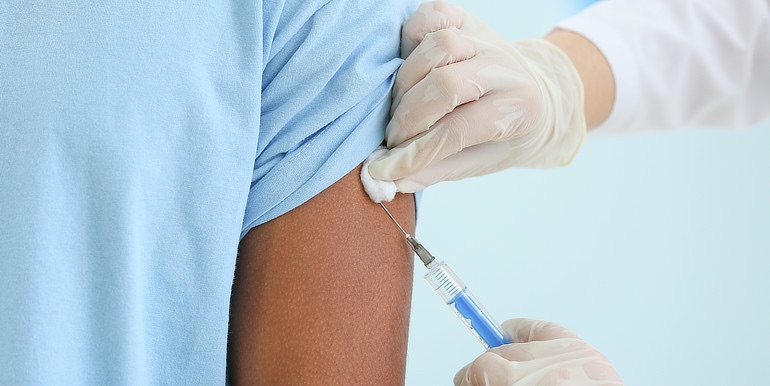HPV vaccine trends point to failures in patient education, vaccine programs
14. 03. 2013 | University of Texas Medical Branch at Galveston (UTMB) Press ReseaseCompletion rates for the human papillomavirus vaccine series across both genders continue to remain alarmingly low nearly seven years after its introduction, suggesting that better patient education and increased public vaccine financing programs are needed, according to new research from the University of Texas Medical Branch at Galveston.
Image credit: depositphotos.com
The researchers report “startling” trends in three separate studies published in Cancer [1], Human Vaccines & Immunotherapeutics [2] and Vaccine [3].
Using data from the 2010 National Health Interview Survey, an annual cross-sectional survey tracking more than 27,000 adults in the United States, researchers found:
- More than three-quarters of nearly 2,000 women ages 18 to 26 did not receive the HPV vaccine; another 10 percent were incompletely vaccinated (three doses required); and two-thirds said they did not want the vaccine, an attitude the researchers attribute to inadequate knowledge, lack of physician recommendation or negative beliefs about vaccines.
- Just two percent of nearly 3,000 males ages 9 to 17 initiated the vaccine and fewer than half of those (0.5 percent) completed the three-dose series during 2010, the first full year when the vaccine was formally recommended for boys.
Analyzing private insurance claims from 2006 to 2009:
- Of 514 privately insured males ages 9 to 26 who initiated the HPV vaccine series, only 21 percent completed the series on an off-label basis within the recommended 12 months, and rates decreased over the period — a surprising result, the researchers said, as they surmised that the patient and/or their parents were motivated to obtain the vaccine before the FDA approved it for male use.
“This is the first generation with the opportunity to be vaccinated against the devastating cancers associated with HPV, but the majority are missing the opportunity,” said lead author Dr. Abbey Berenson, professor, Department of Obstetrics and Gynecology and director of UTMB’s Center for Interdisciplinary Research in Women’s Health. “We cannot overstate the public health importance of vaccinating girls and boys. The HPV vaccine is one of the few proven ways to quickly and dramatically decrease our cancer burden.”
While cost was a barrier for completion, lack of awareness and understanding about the vaccine continue to be the biggest hindrances. These obstacles were especially pertinent for low-income and/or uninsured families and minority women. The researchers recommend better educational interventions; new physician-patient communication methods, including email and text message; increased physician recommendations; and public vaccine financing programs to increase uptake and completion rates across the board.
This latest research provides a broader picture of HPV vaccine acceptance and builds on a growing body of knowledge at UTMB in this area. Previous studies led by Berenson have focused on completion rates among females ages 9 to 27 and differences in parents’ willingness to vaccinate their sons and daughters.
An estimated 20 million Americans ages 15 to 49 are currently infected with HPV, and at least 50 percent of sexually active men and women will contract it at some point in their lives. The virus is the cause of nearly all cases of cervical cancer and nearly 90 percent of genital warts. According to the Centers for Disease Control, HPV is also associated with vulvar, vaginal, penile, anal, and oropharyngeal cancers.
“These results underscore the critical need for better educational interventions and improved communication methods — for patients, parents and physicians — about the importance of initiating and completing the HPV vaccine to save our children from serious disease,” said Berenson. “It is especially important to reach parents, who need to understand that this vaccine will help them do what all parents want most — protect their children from harm.”
Reference
- Laz, T. H., Rahman, M., Berenson, A. B. (2013). Human papillomavirus vaccine uptake among 18- to 26-year-old women in the United States Cancer DOI: 10.1002/cncr.27894
- Laz, T. H., Rahman, M., Berenson, A. B. (2013). Human papillomavirus vaccine uptake among 9–17 year old males in the United States: The National Health Interview Survey, 2010 Human Vaccines & Immunotherapeutics DOI: 10.4161/hv.23190
- Hirth, J. M., Tan, A., Wilkinson, G. S., Berenson, A. B. (2013). Completion of the human papillomavirus (HPV) vaccine series among males with private insurance between 2006 and 2009 Vaccine DOI: 10.1016/j.vaccine.2012.12.051
klíčová slova: HPV vaccine, low uptake rates




